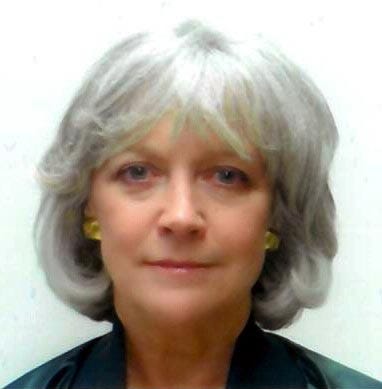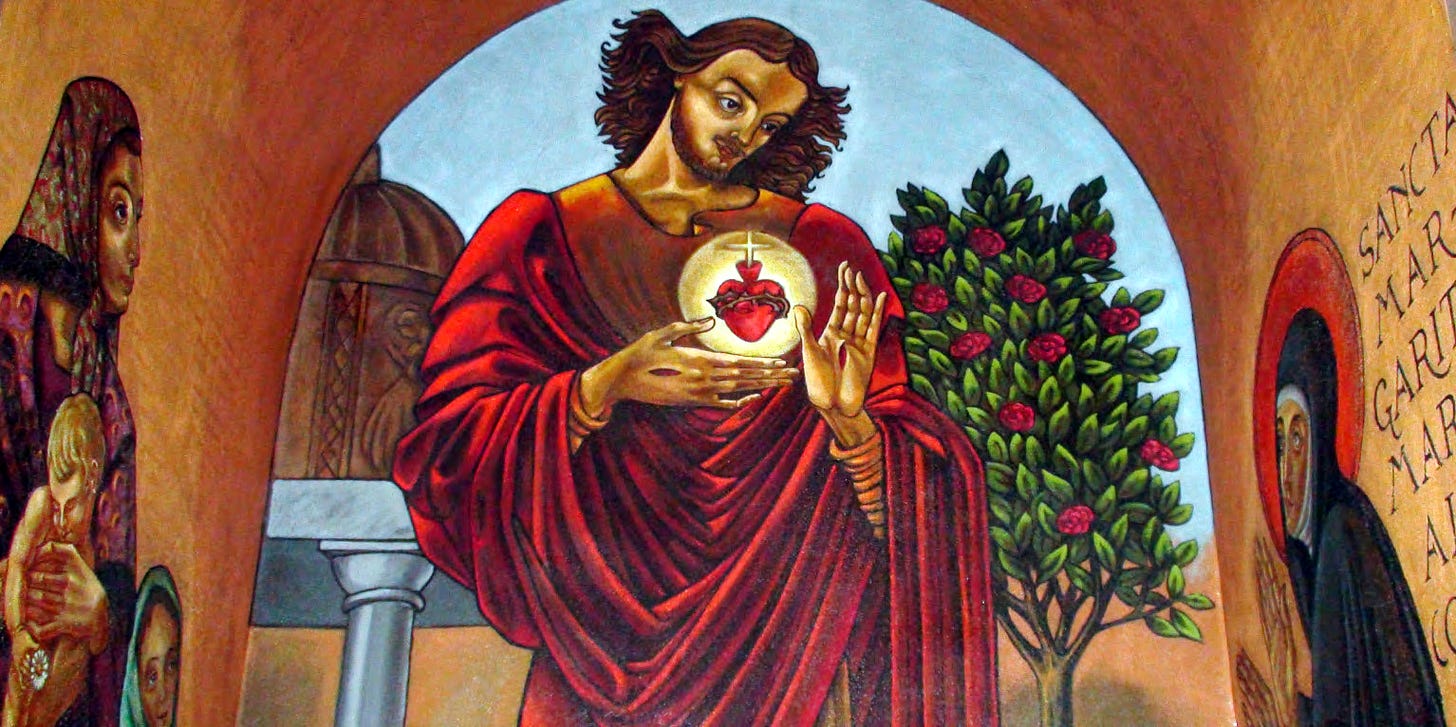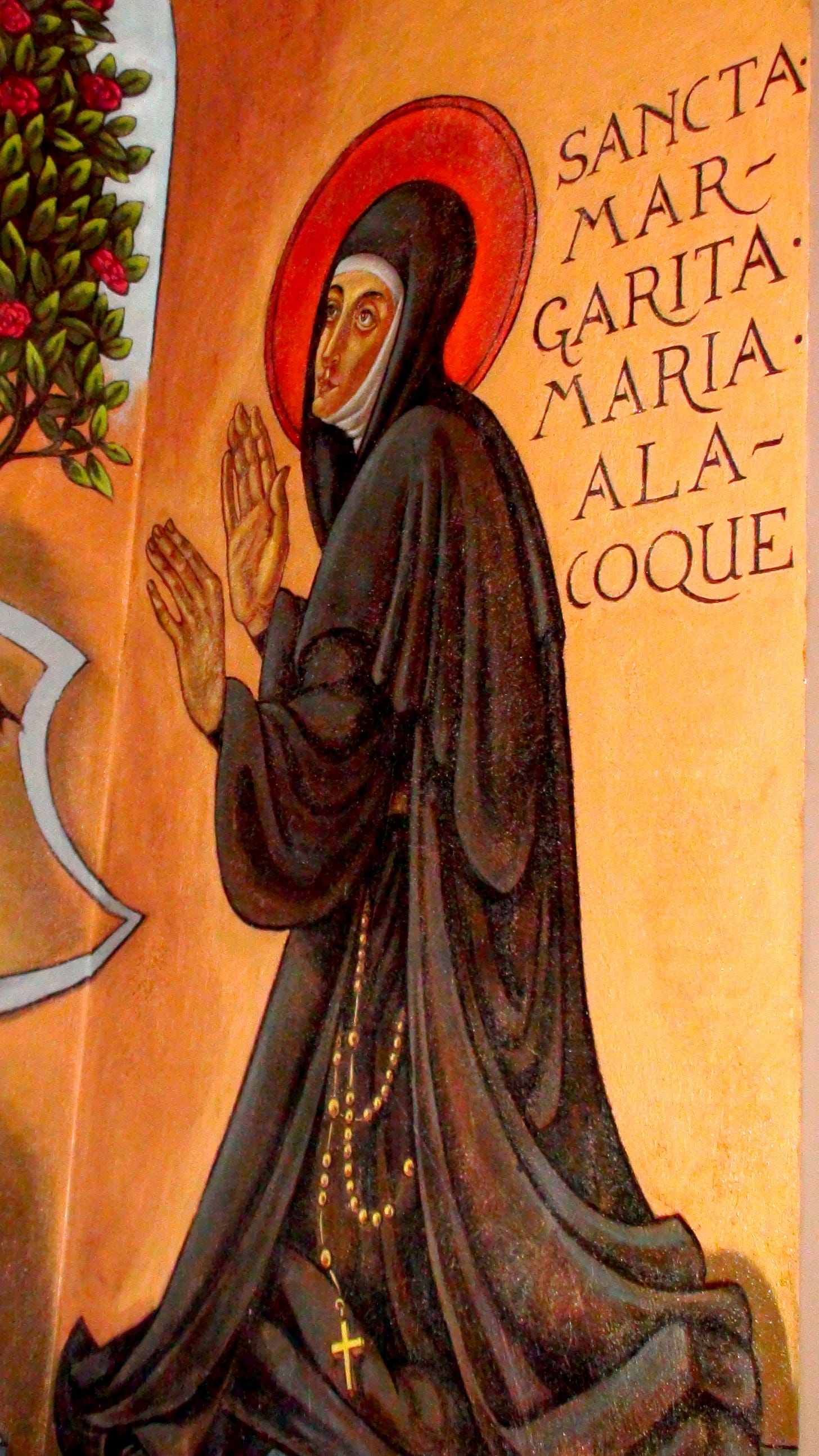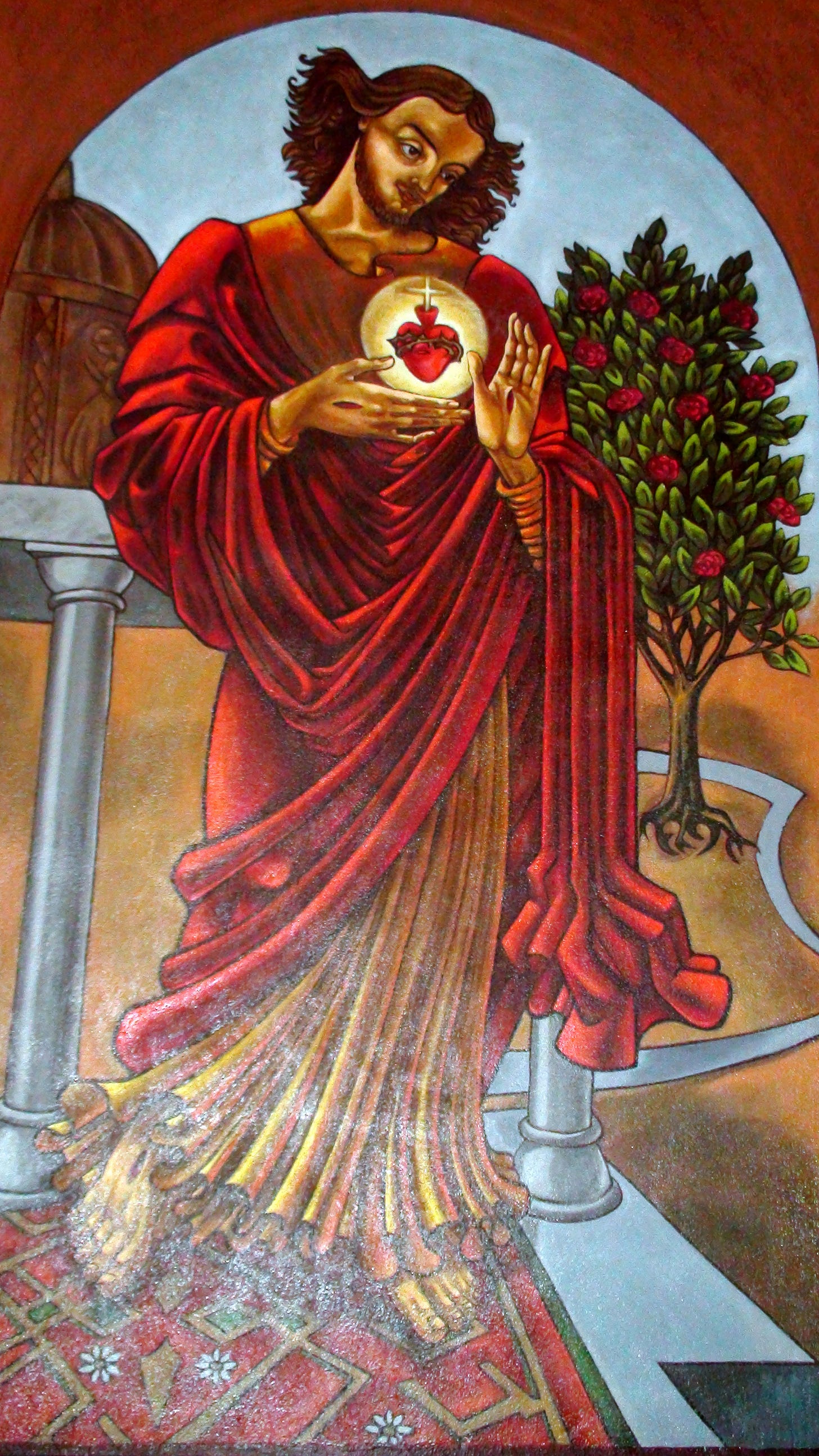In 1673, while Jesuit priest Fr. Jacques Marquette and French trader Louis Joilet explored the rugged wilderness surrounding the Mississippi River, a young Visitation nun, Margaret Mary Alacoque, began to receive visions of Our Lord at her convent in Paray-le-Monial. Over the next two years, she recorded Our Lord’s words as He mystically revealed His Sacred Heart, burning with desire for all mankind to return their love for His Love. “Behold this Heart, Which has loved men so much, that It has spared nothing, even to exhausting and consuming Itself, in order to show them Its love.”
Almost two hundred fifty years later, in 1924, the Archdiocese of New Orleans, inspired by St. Margaret Mary’s recent canonization to sainthood, dedicated its newest mission church in Baton Rouge to the Sacred Heart of Jesus. Sacred Heart’s Baton Rouge mission eventually became one of the Archdiocese’s largest parishes, serving over 4,000 people.
When construction for a new Church building began in March 1941, Europe was well into war with Germany. Dom Gregory de Wit, the well-respected Dutch Benedictine painter who had recently completed work for Saint Meinrad Abbey, Indiana, could not return home. Sacred Heart’s first pastor, Msgr. Dominic Blasco took advantage of de Wit’s extended stay and commissioned him to paint several murals for Sacred Heart.
Nine months later, on December 8, the Feast of the Immaculate Conception, the United States entered the conflict. The war had a profound effect on De Wit’s artwork, which is highly dramatic and imposing. His Pieta triptych, located in the Church’s narthex west side and described in last month’s post, includes a uniformed soldier holding a rifle and a small family of four. Those who grew up at the parish with long-standing ties to the Sacred Heart devotion know de Wit’s second triptych is the interpretive key to his starkly arresting Pieta.
De Wit’s triptych of Jesus’ Sacred Heart is located in the narthex’s east side on the same wall as the Pieta. The Pieta’s anxious mother and three children reappear. However, their faces are now peaceful and hopeful. The young son admiringly offers Jesus a bouquet while his mother still holds her baby, who still holds a single daisy. The mother and daughter now wear headscarves, a reverent requirement for women at that time, as they kneel to pray. A prayer book and Rosary rest beneath the family, in contrast to the Pieta’s half-eaten apple lying beneath Christ. St. Margaret Mary, who Christ asked to promote devotion to His Sacred Heart, kneels in adoration in place of the soldier.
Just as in the Pieta’s triptych, the center panel shows Our Lord revealing His Sacred Heart, but now in His resurrected glory. The blue horizon behind Our Lord contrasts with the Pieta’s fiery sky. The bright, blooming camellia bush replaces the Pieta’s hellish-looking thorns and thistles. The tabernacle, which rests on a simple altar, looks similar to the Church’s real tabernacle, emphasizing Jesus’ request to set aside Nine First Fridays to make a Communion of Reparation with Him. While de Wit’s Pieta starkly depicts the pain and separation of war, his Sacred Heart triptych depicts Christ’s triumphant Love, strengthened by parishioners returning love for Love with Him.
Inspired by Jesus’ private revelations to St. Margaret Mary and following in the footsteps of Louisiana’s first missionaries, Dom de Wit and Msgr. Blasco evangelized the people of their time through the Sacred Heart devotion. De Wit used vivid paintings to inspire and teach the parishioners. Msgr. Blasco provided rich liturgies to promote personal holiness, including the Nine First Fridays devotion..
In addition to attending Mass and receiving Holy Communion, many parishioners attended one or more Eucharistic Holy Hours during the 40 hours set aside in the main Church to adore Our Lord’s Real Presence in the Blessed Sacrament. Hymns, rosaries, and special prayers were offered, and Confessions were heard. Surrounded by moving art and meaningful worship, the parish immersed itself in Our Lord’s grace and drew closer to Jesus’ comfort and protection.
The National Eucharistic Revival’s Year of Mission Playbook 2024-2025 calls us “to encourage centers of mission ...for encounter(s) that lead to a deeper Eucharistic identity and sustain a Eucharistic life.” 2024 marks Sacred Heart Church’s 100th anniversary as a mission parish. Recalling Pope St. John Paul’s Letter to Artists, which quoted Dostoevsky, “Beauty will save the world,” Dom de Wit’s profound art at Sacred Heart may provide Baton Rouge Catholics with a timely opportunity
Copyright 2024 Connie Anderson
Images: Sacred Heart of Jesus (Sacred Heart Church, Baton Rouge, LA), QH Productions, all rights reserved.

Connie Anderson retired from teaching, television, film-making, and fundraising. A Baton Rouge, LA native, she and her husband, Larry, are the proud parents of two adult children and grandparents of one recently adopted grandson. Connie, a member of St. Robert Southwell’s Writing Group, Word on Fire Institute, is interested in passing on her Faith through stories about Louisiana’s rich Catholic family traditions.








